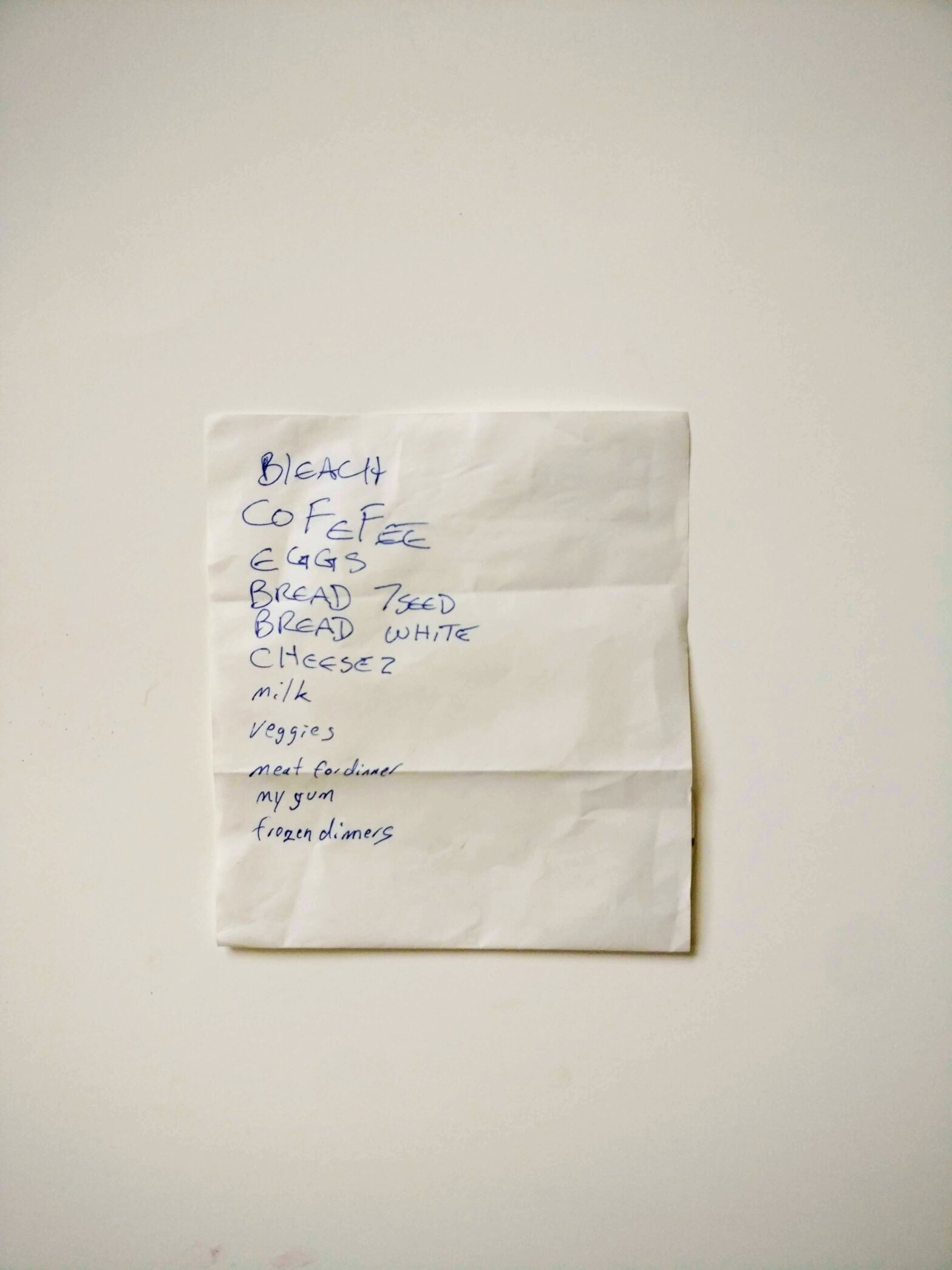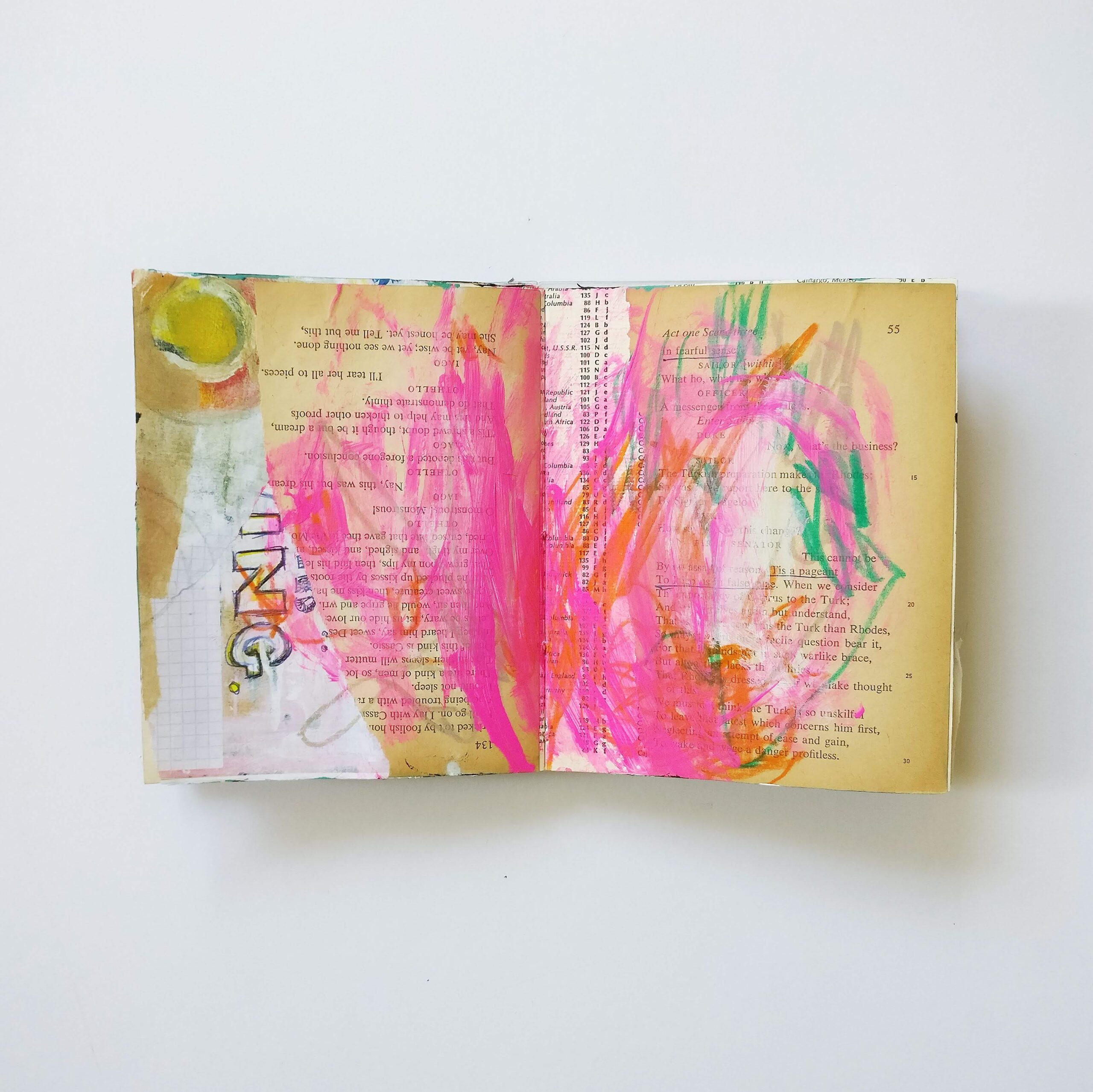This website uses cookies so that we can provide you with the best user experience possible. Cookie information is stored in your browser and performs functions such as recognising you when you return to our website and helping our team to understand which sections of the website you find most interesting and useful.
Author: Ingrid Murray
-
Rod Serling: The Dimension of Imagination
•
I’ve been watching The Twilight Zone (original series) recently. I’ve seen episodes here and there, but had never seen enough to see the patterns of storytelling and the themes that executive writer and narrator Rod Serling created.
-
Let Go
•
I don’t really believe in fate — but if something makes sense to you, if it resonates in some way, then I say take it.
-

Bleach and “Cofefee”
•
For years, I’ve been collecting lost grocery lists. I love the unique handwriting on each one, and imagining what recipes people might be shopping for.
-

Page 55
•
I bought this small notebook in York, PA when visiting my dad’s gallery shows a few months ago. I wish I remembered the name of the bookmaker. The creator is JoAnne Schiavone. The pages are made of maps and heavyweight paper, perfect for mixed media play; and at about 5”x7”,…

